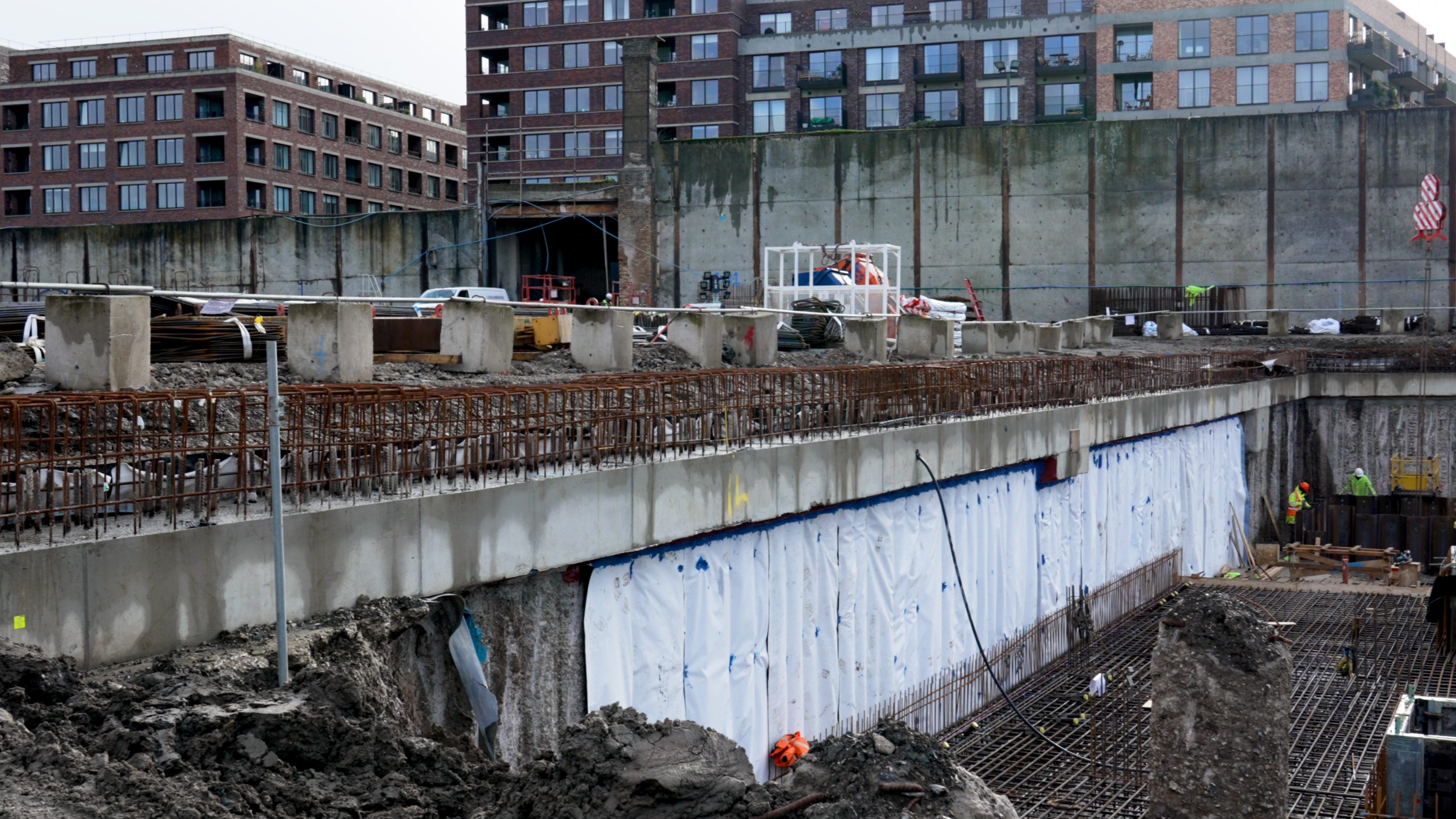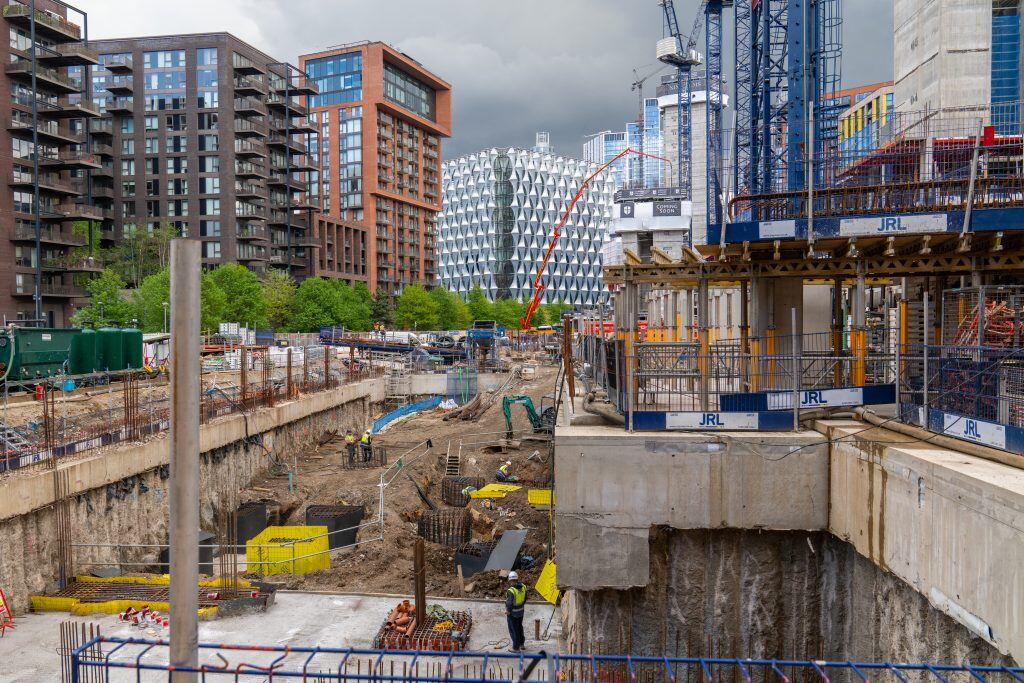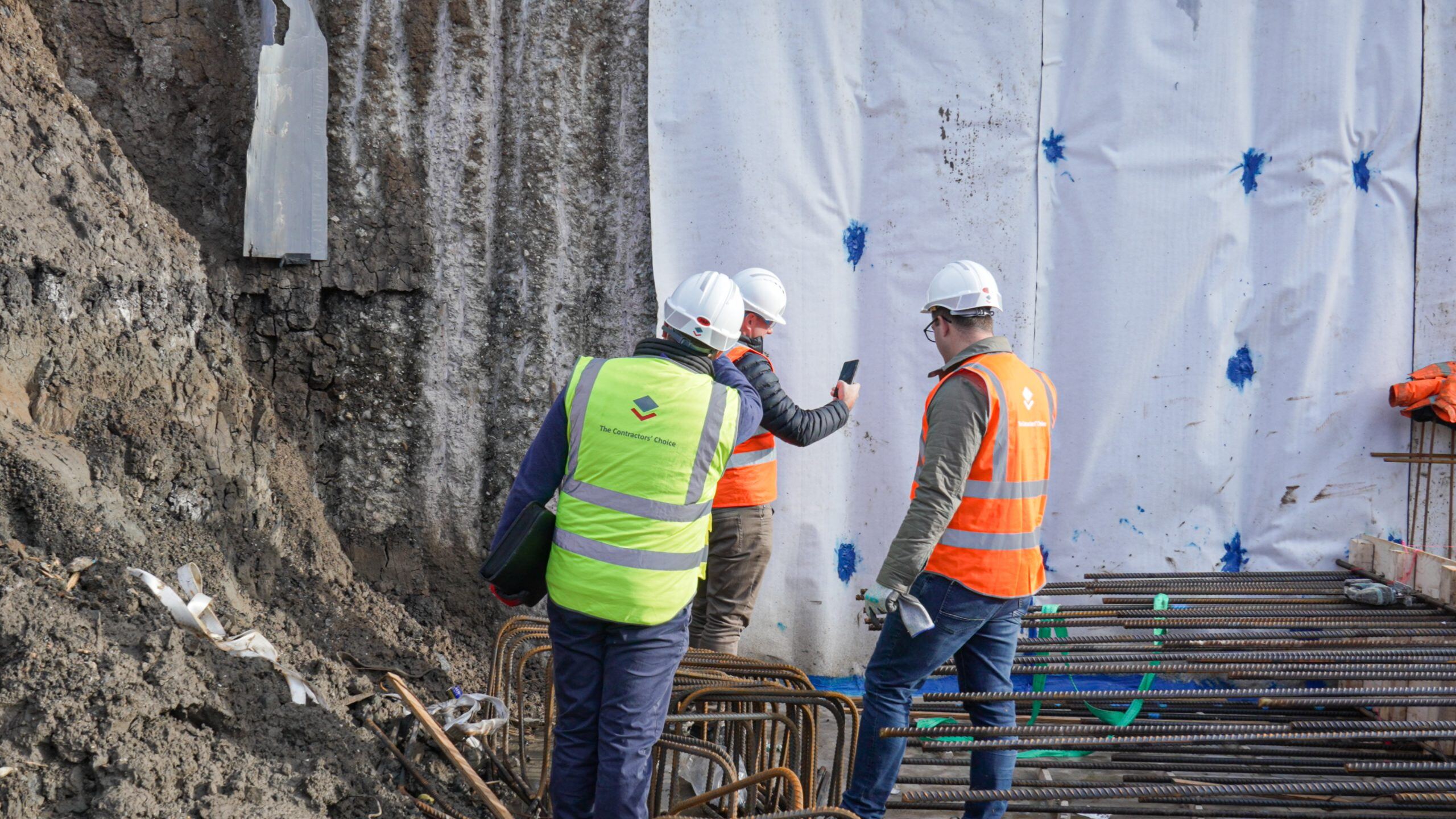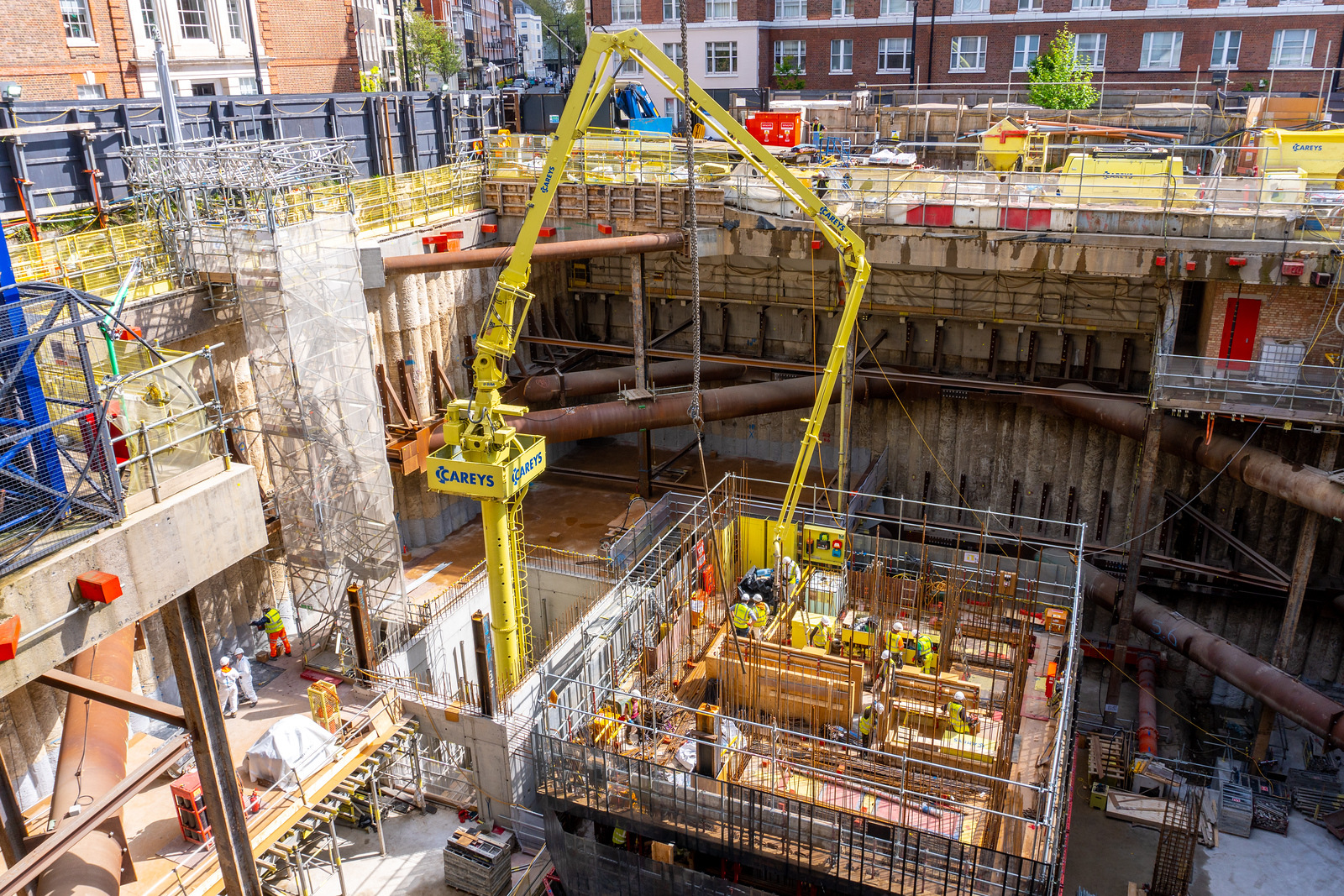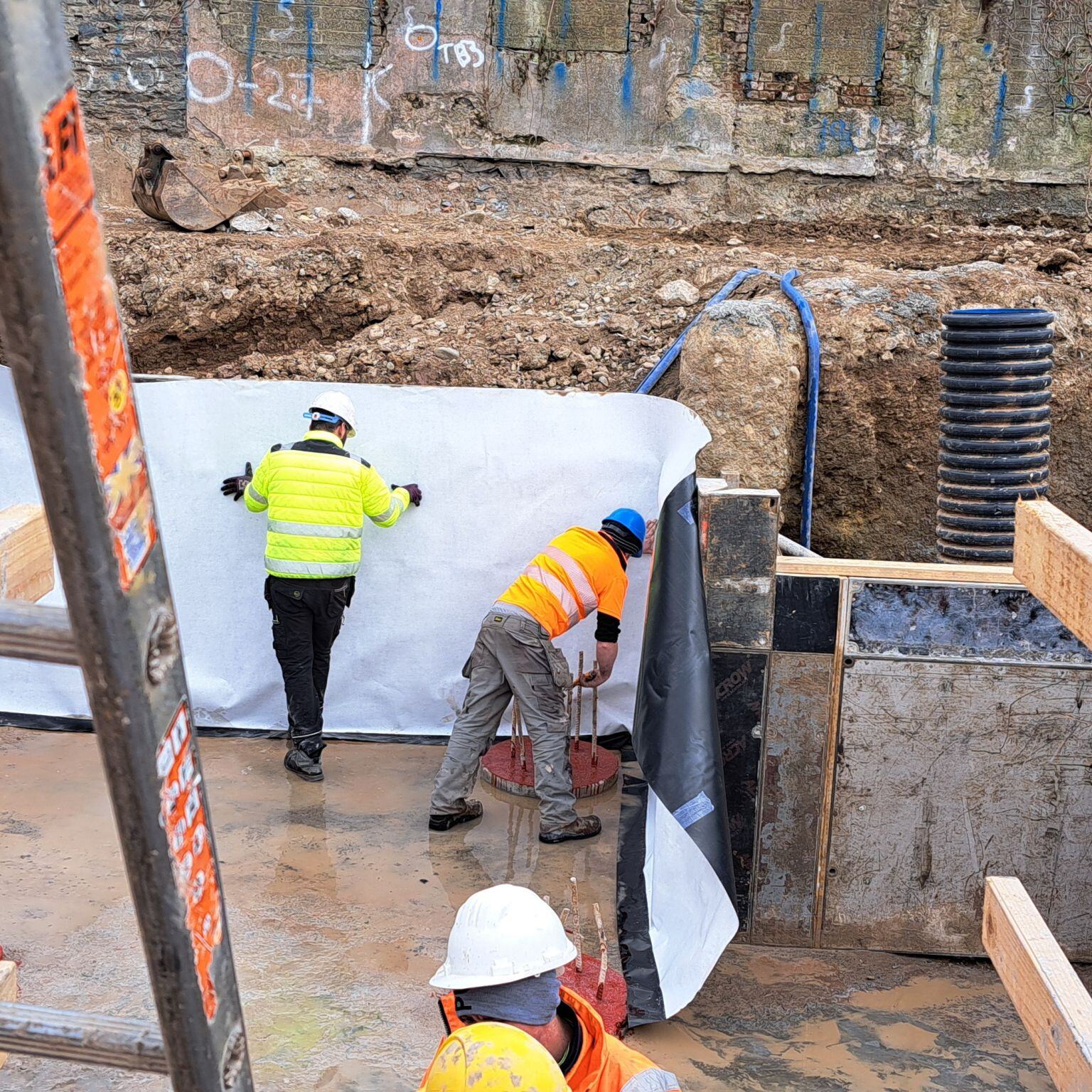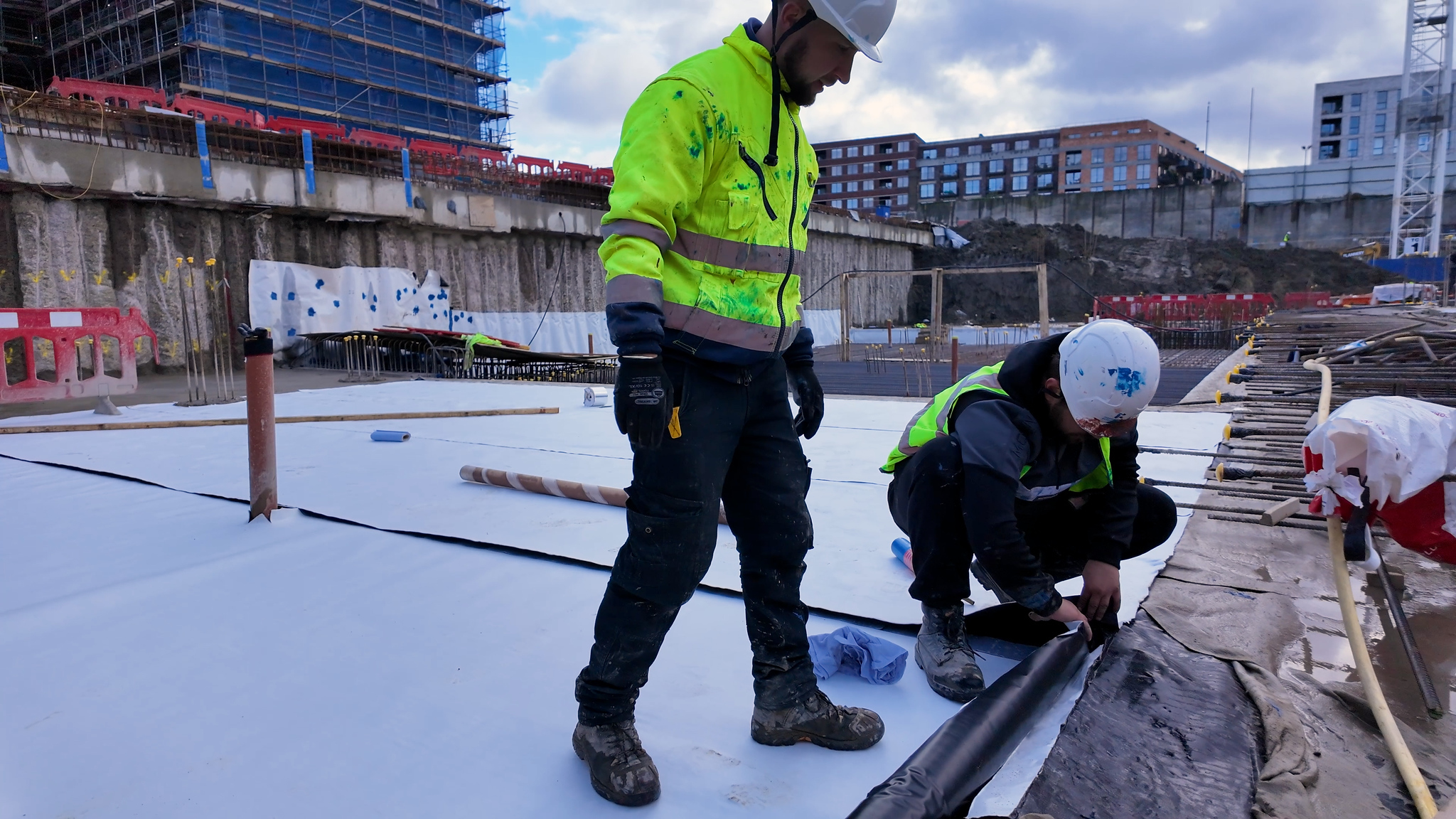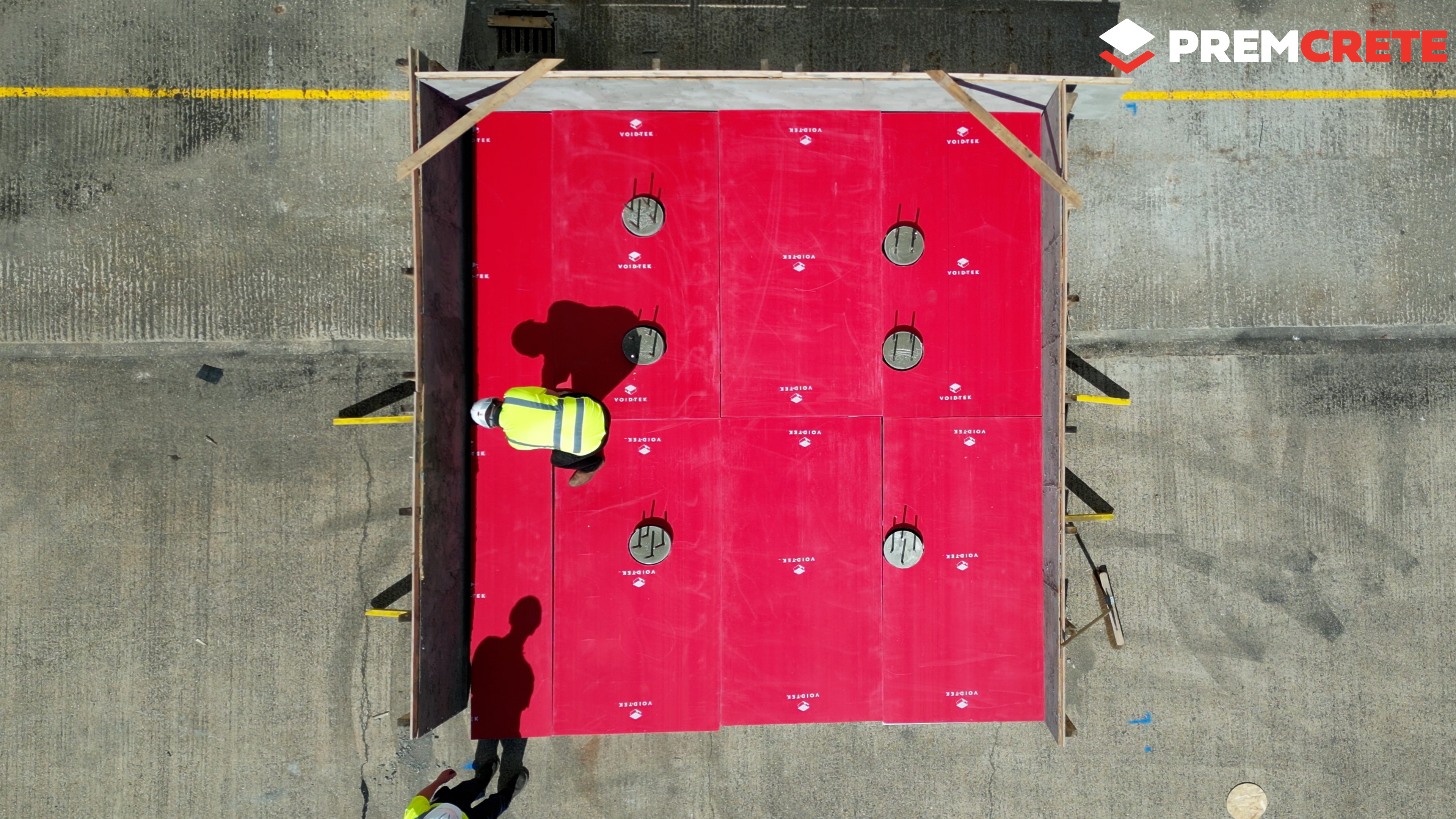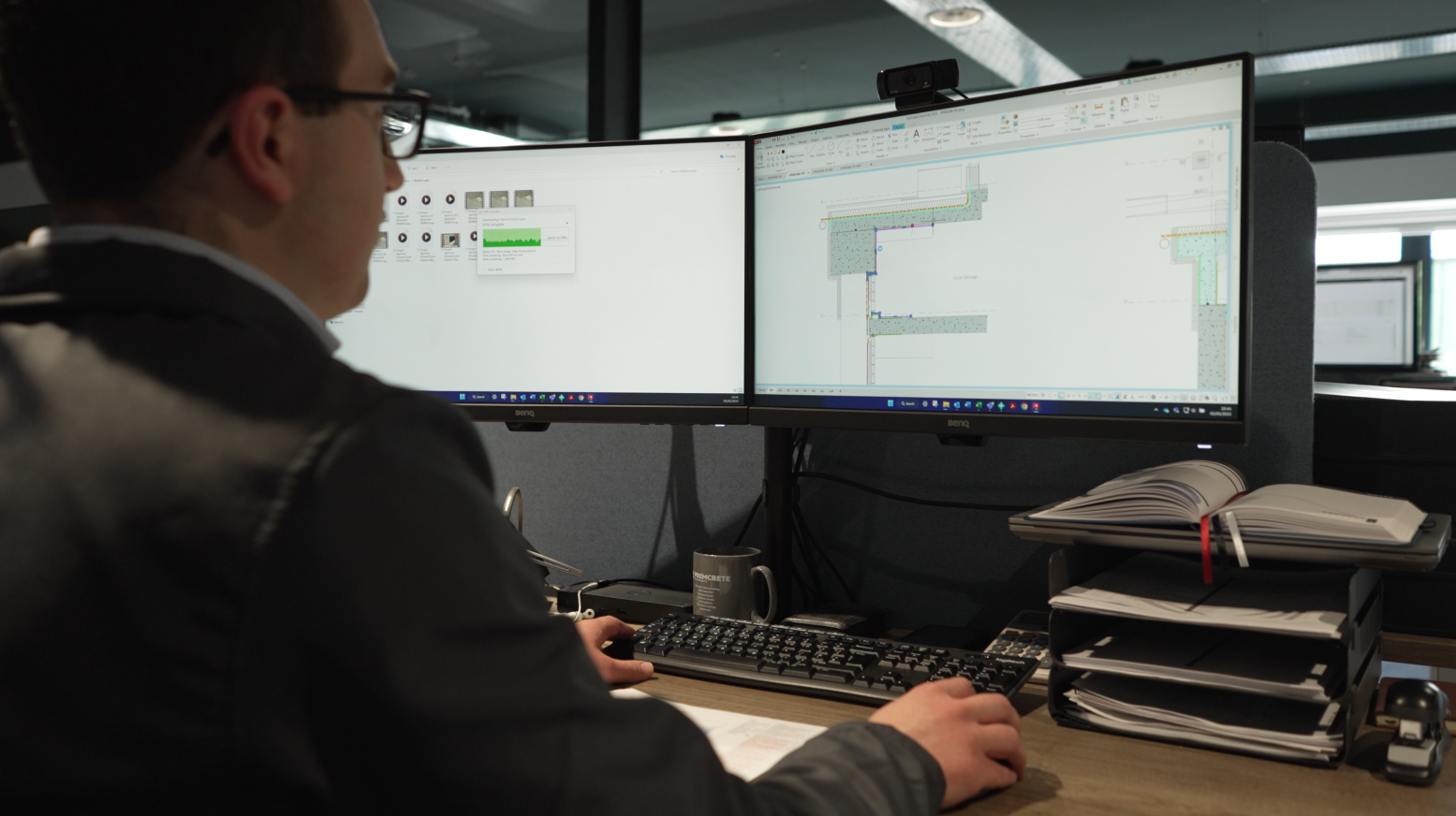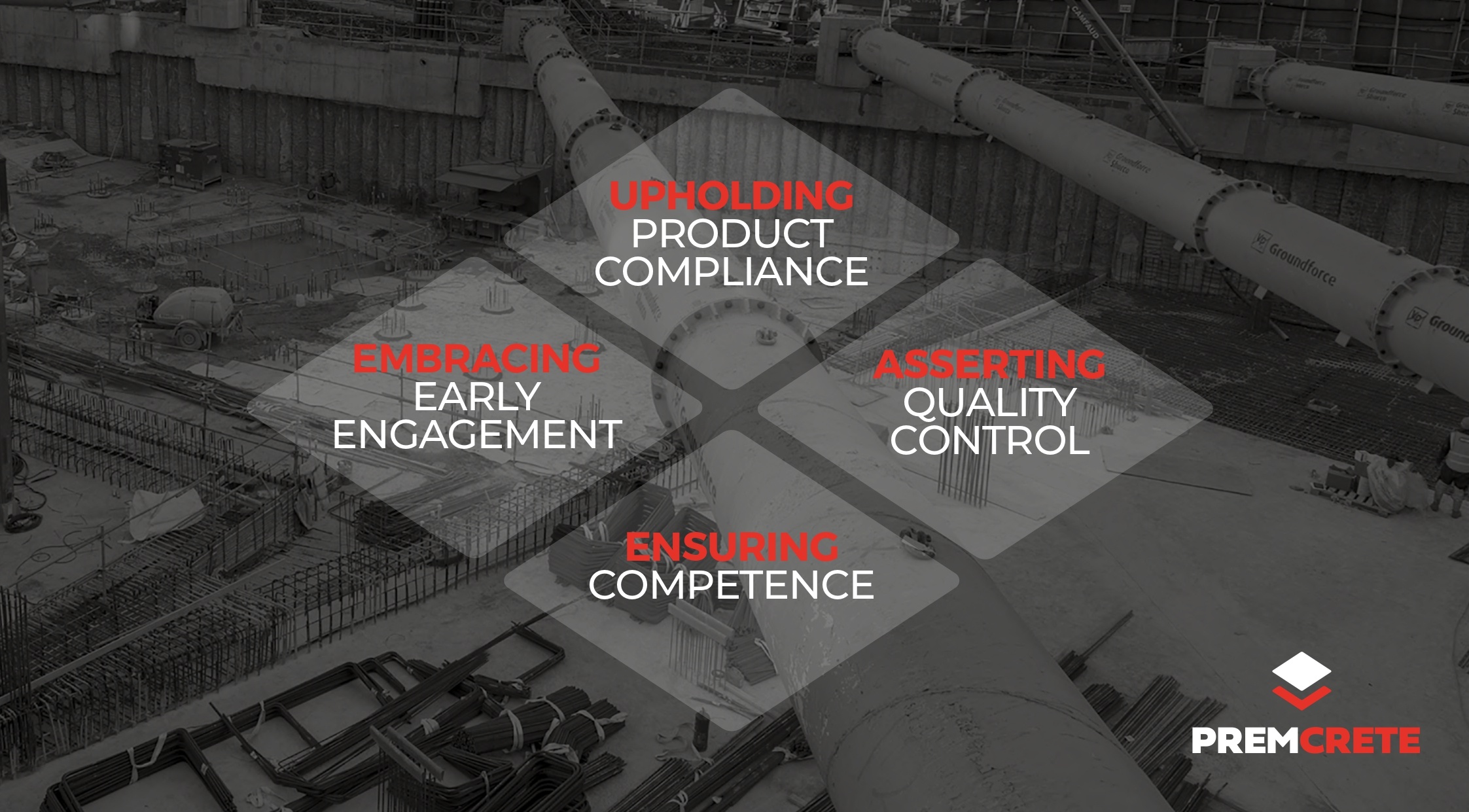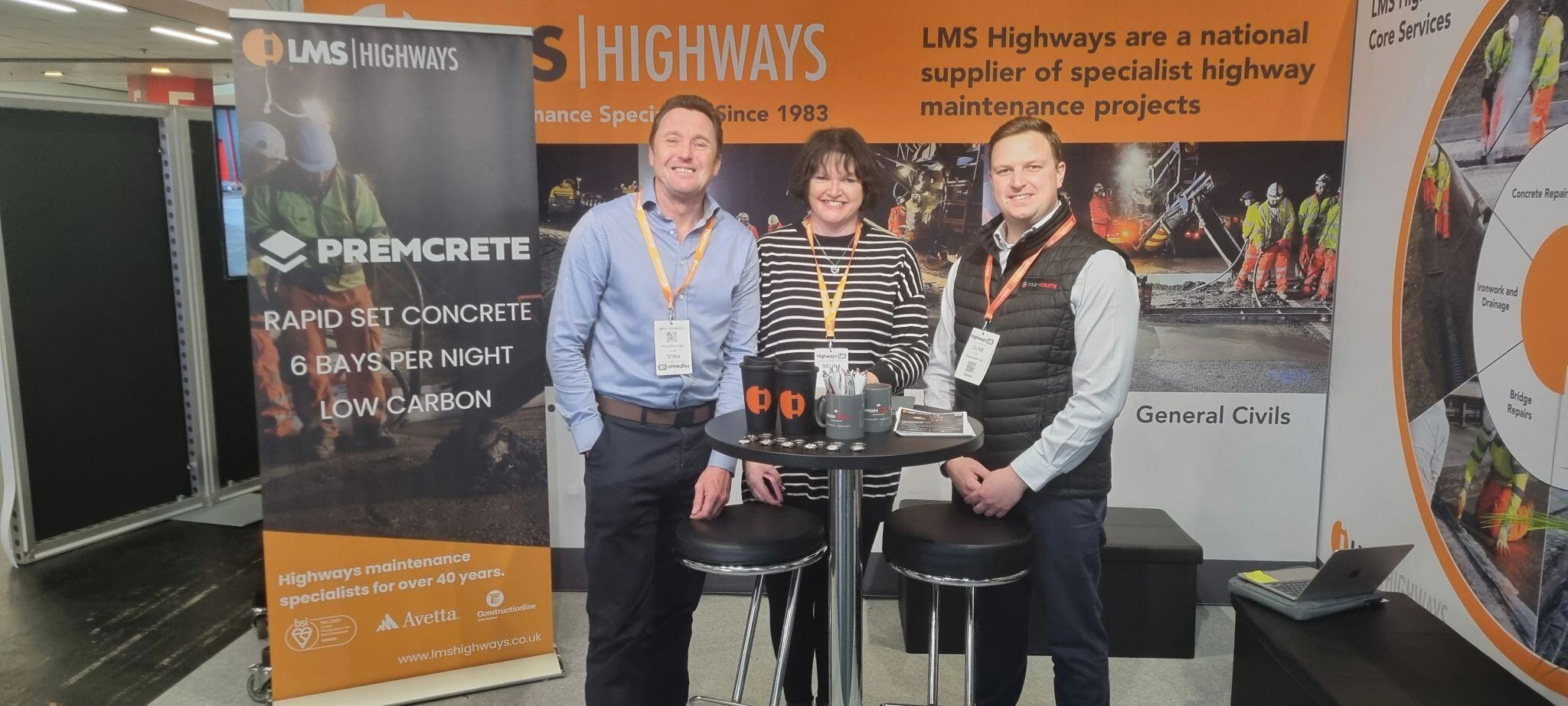Structural waterproofing is essential for protecting buildings from water ingress, especially in below-ground areas like basements, tunnels, and foundations. Without effective waterproofing, structures are vulnerable to leaks, damp, and long-term damage!
But, how do you choose the right system for your project? Let’s break it down...
Understanding the Three Types of Structural Waterproofing
The British Standard BS 8102:2022 outlines three main types of structural waterproofing: Type A, Type B, and Type C. Each has distinct characteristics and is suited to different needs. Selecting the right one ensures your structure remains water-resistant and fit for purpose.
Type A: Barrier Protection
This system relies on a separate barrier to prevent water ingress, such as a waterproofing membrane applied to the structure.
Type A holds the largest range and variation of products out of the 3 types. These range from pre-applied, fully bonded membranes like Maxiprufe Plus , to post applied self-adhesive membranes such as Hydroprufe 3000, or post applied epoxy coatings on podium decks such as Epoflex MMA. Even products like damp proof membrane pre-applied or loose laid over the slab fall into the Type A bracket
Key Features:-
- Can be applied internally (for example a cementitious slurry on the inside of a liner wall) or externally (applied to a piled wall prior to pouring the internal liner wall)
- Some like to remember the Type A meaning as ‘A’ for ‘applied’ as options include pre-applied or post-applied membranes, both in liquid/cementitious form, and physical barrier membranes.
Example Applications: Protecting basements, foundations, and retaining walls.
Type B: Structurally Integral Protection
With this approach, the structure itself is designed to be watertight. Reinforced concrete is commonly used, often with the addition of watertight concrete additives and waterbars within construction joints.
Key Features:-
- Waterproofing is built into the structure. Premcrete utilise Hydrocrete, a combined pore blocking and crystalline technology to achieve watertightness.
- Watertight concrete reduces reliance on external barriers, and together with waterbars such as Hydrostop BR and Cemflex VB.
Example Applications: Ensuring long-term protection in areas exposed to high water pressure.
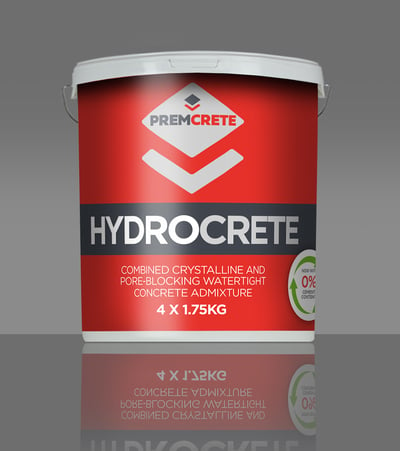
Type C: Drained Protection
This system incorporates internal water management by creating a cavity for water control. Water is captured and redirected behind drainage membranes and pumped out of the building by sump pumps.
Key Features:-
- Manages and redirects water ingress rather than solely preventing it.
- Includes systems like cavity drainage membranes and pumps.
Ideal For: Projects where managing water flow is crucial, and hydrostatic pressure is problematic. It is also ideal for projects with existing basements including ‘cut and carve’ projects where a pre-applied type a membrane or Type B membrane cant be used.
Example Applications: Residential basements or spaces requiring extra peace of mind in problematic water pressure areas. It is also often utilised where expensive wall finishes are being used, and the end user does not want to entertain removing the finishes should a leak occur using a non-Type C product.

Combining Methods For Optimal Results
In many cases, using a combination of these methods provides enhanced protection. For example, pairing Type A barrier membrane (i.e. Combi-seal) with Type B watertight concrete (i.e. Hydrocrete) can deliver robust, multi-layered waterproofing for high-risk areas requiring a Grade 2 or 3 environment.
Choosing the Right Waterproofing Systems for your project
When deciding which system to use, consider:
- Intended Use of the Space: Is the area for storage, living, or sensitive equipment?
- Water Table Levels: High water pressure may require a combination of solutions.
- Construction Type: Existing structures may demand different solutions compared to new builds.
- Compliance Requirements: Ensure adherence to British Standards and project specifications.
Why Expert Guidance Matters
Choosing the wrong waterproofing system can lead to costly repairs and compromised structures. That’s why it’s crucial to consult with specialists who understand the nuances of structural waterproofing and who hold CSSW accreditation (Certified surveyor of structural waterproofing). These specialists understand the need for collaboration with structural engineers, architects, and contractors to ensures the solution is tailored to the project’s unique needs.
Need Help? Contact Us
At Premcrete, we specialise in providing customised waterproofing solutions and detailed waterproofing services that keep your structures dry, durable, and safe. Contact us today for expert advice and discover how we can futureproof your building.

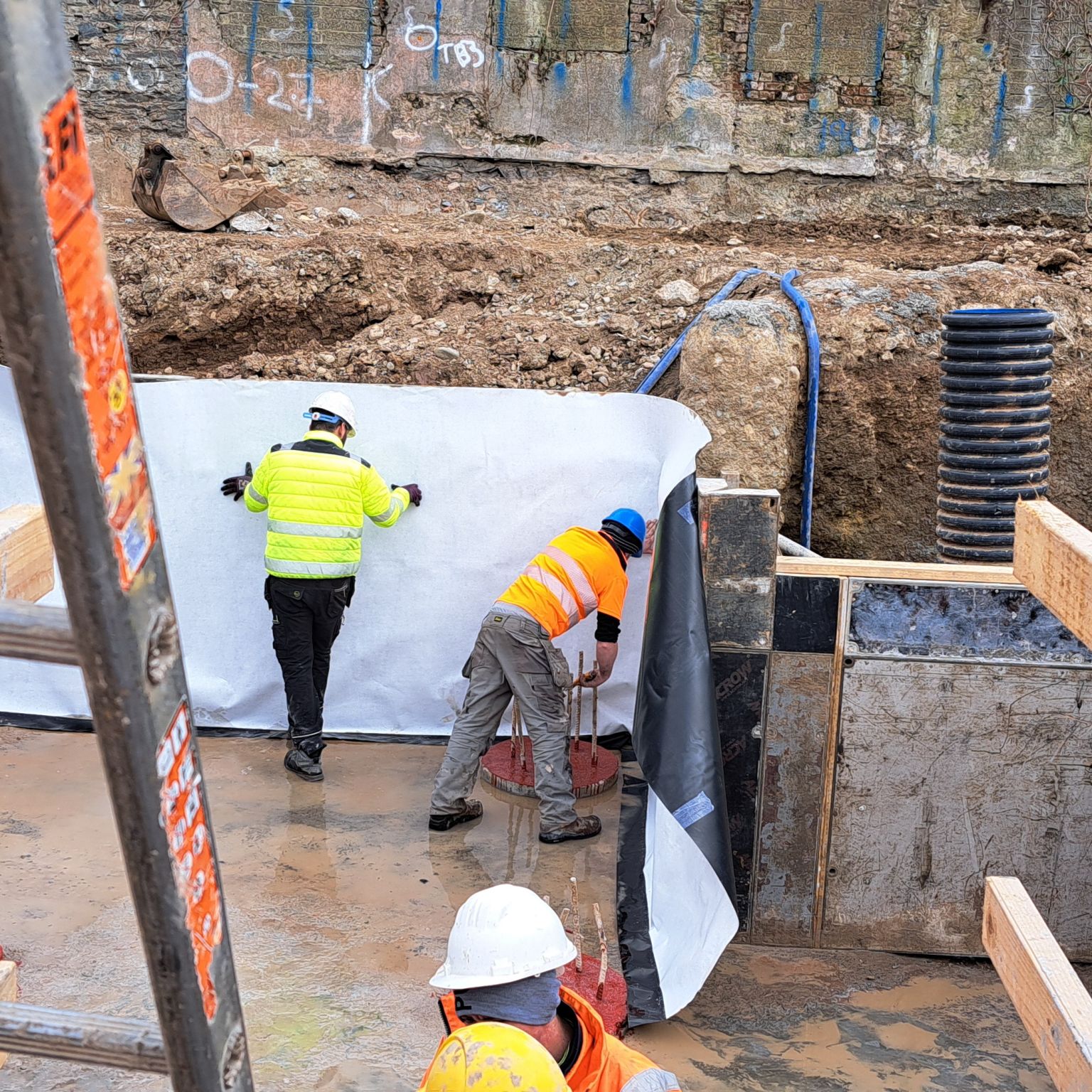
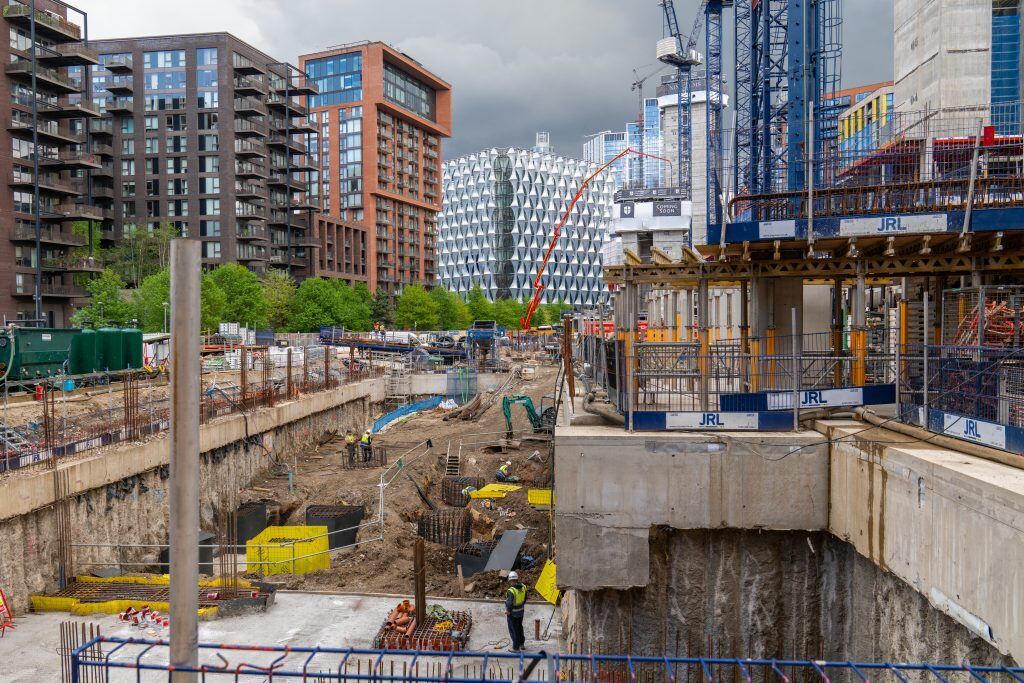
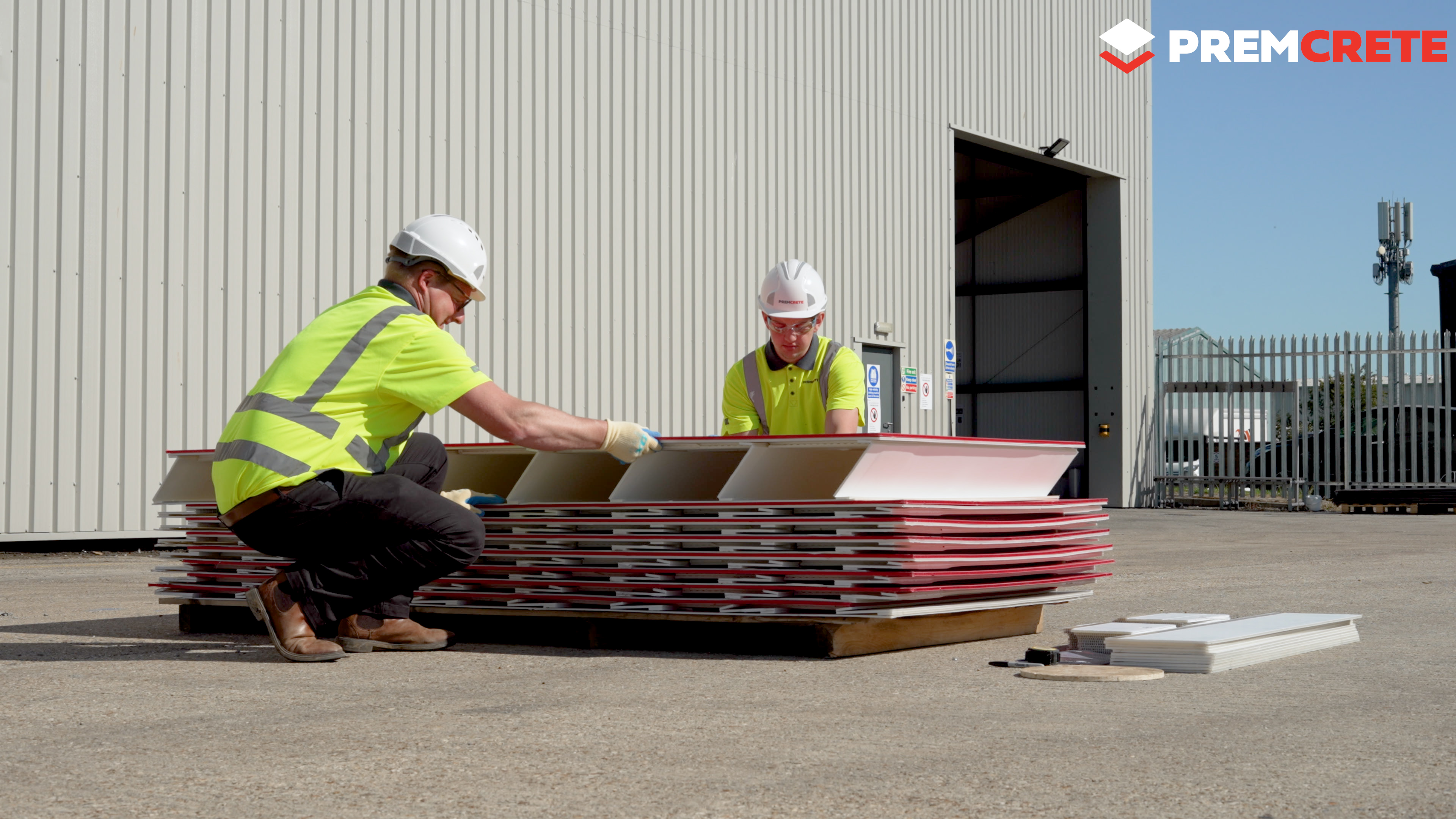
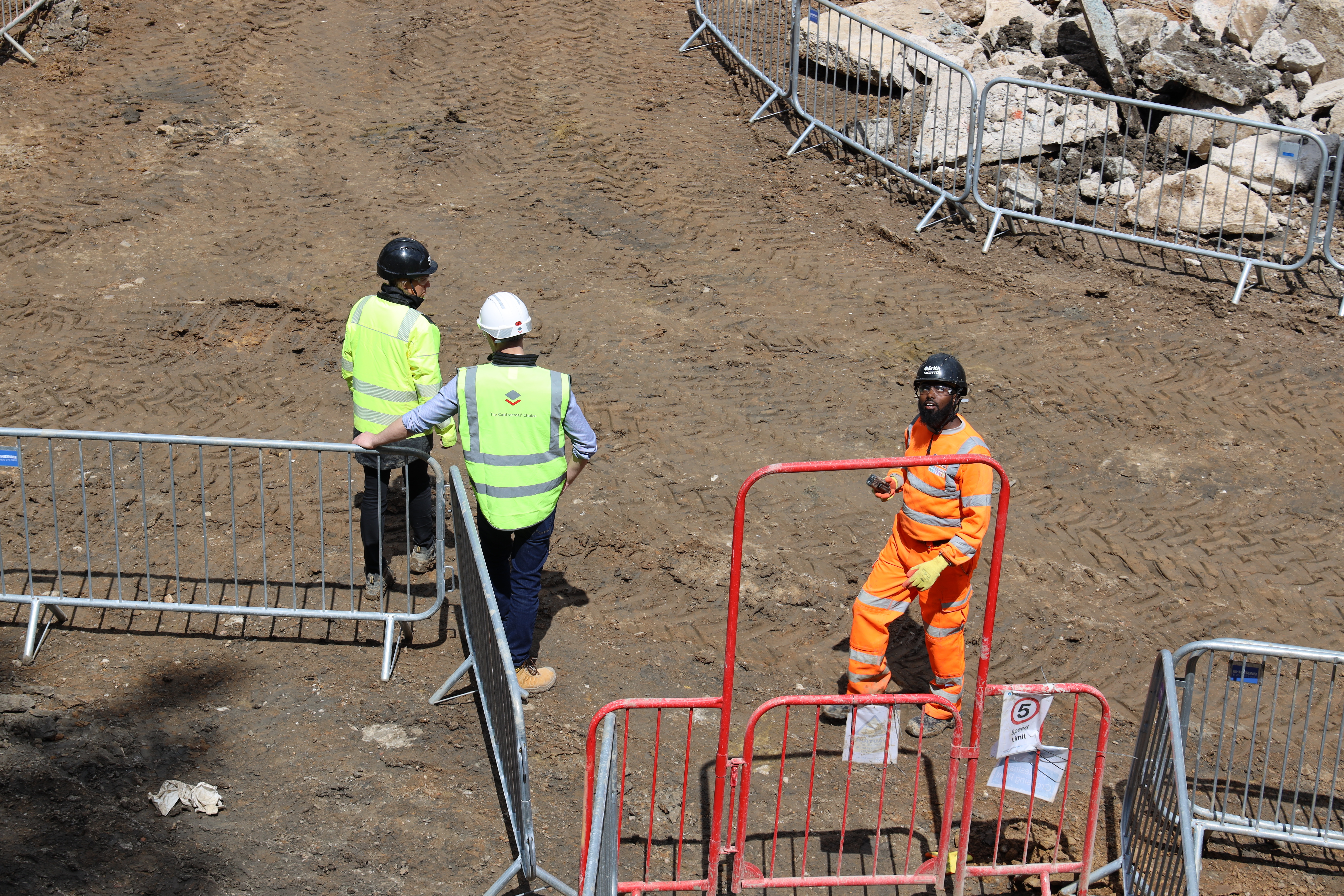

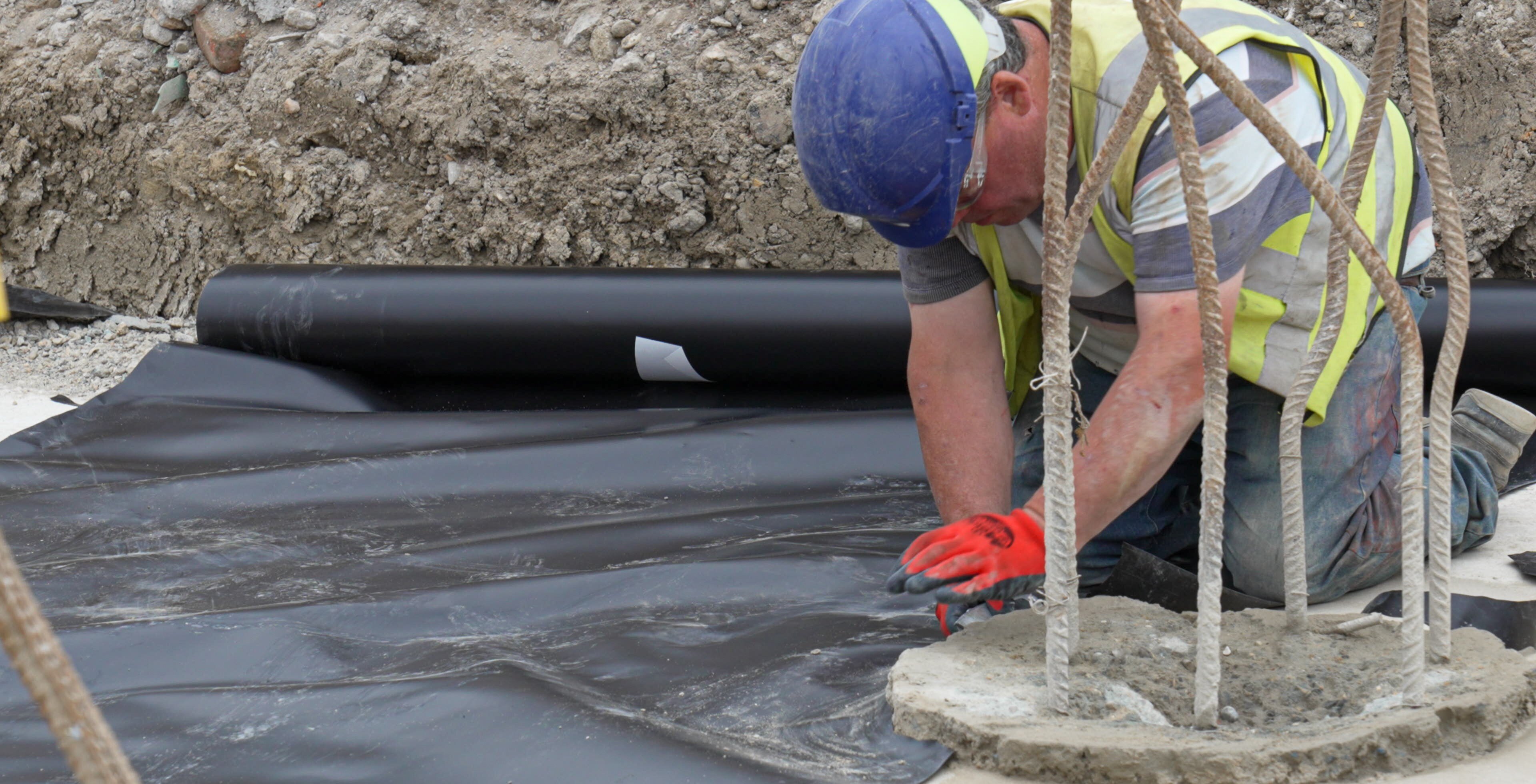
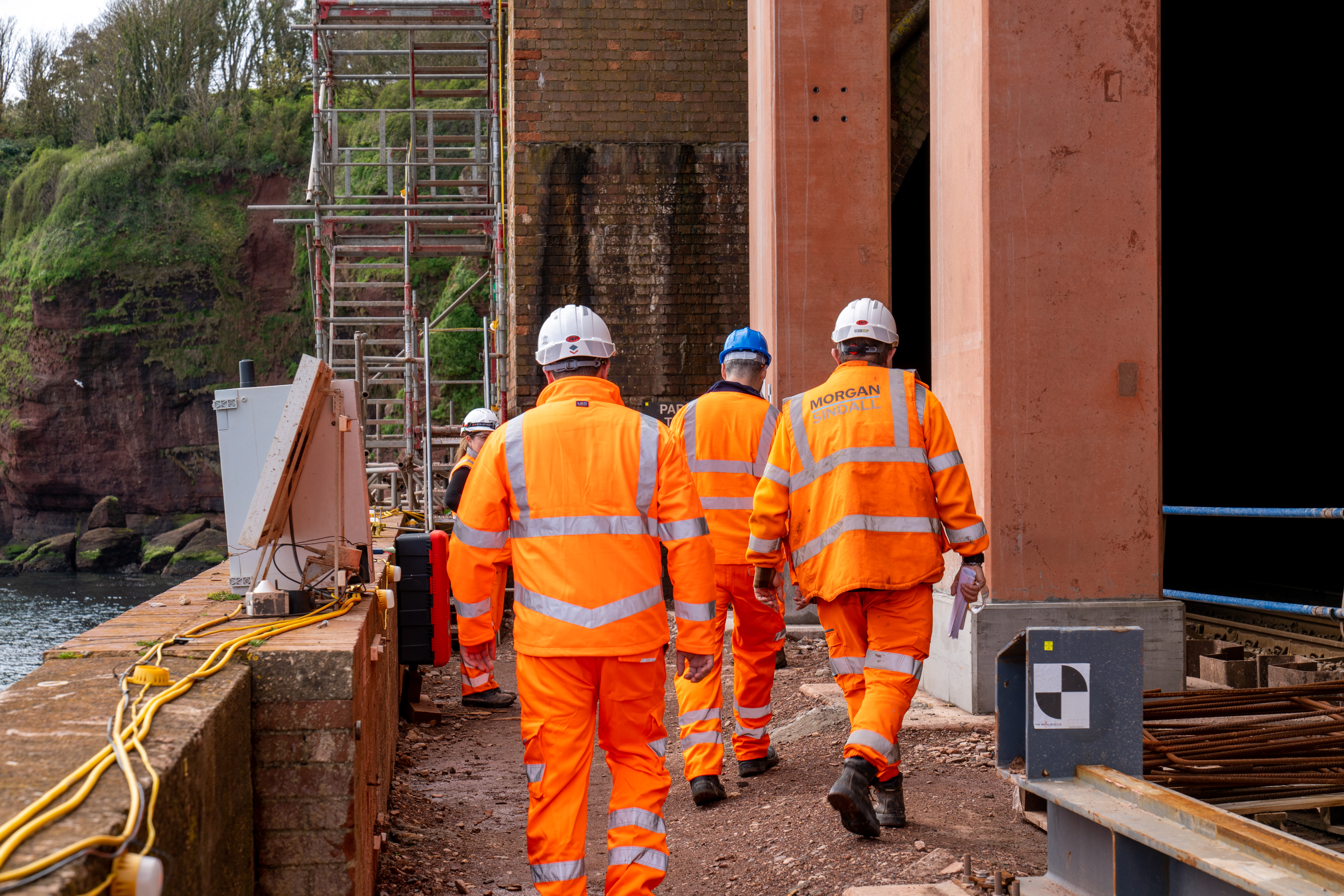


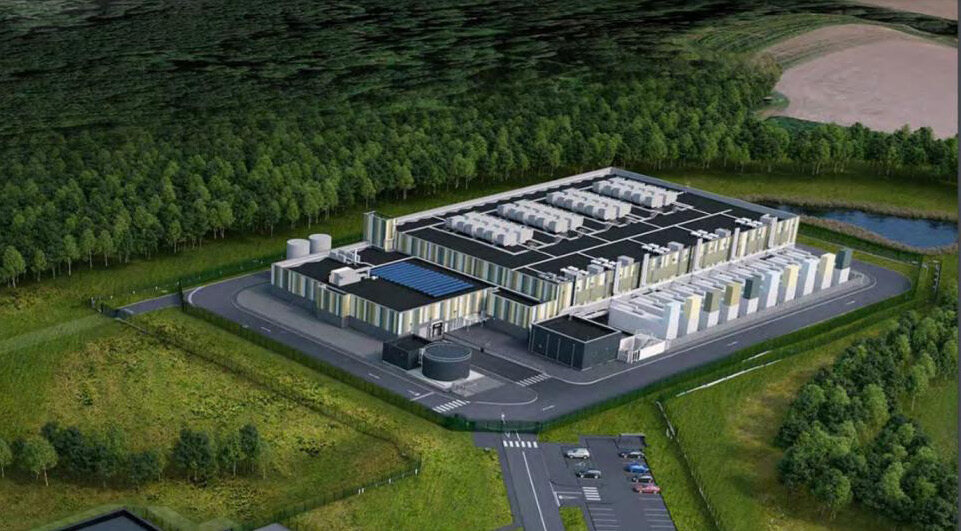
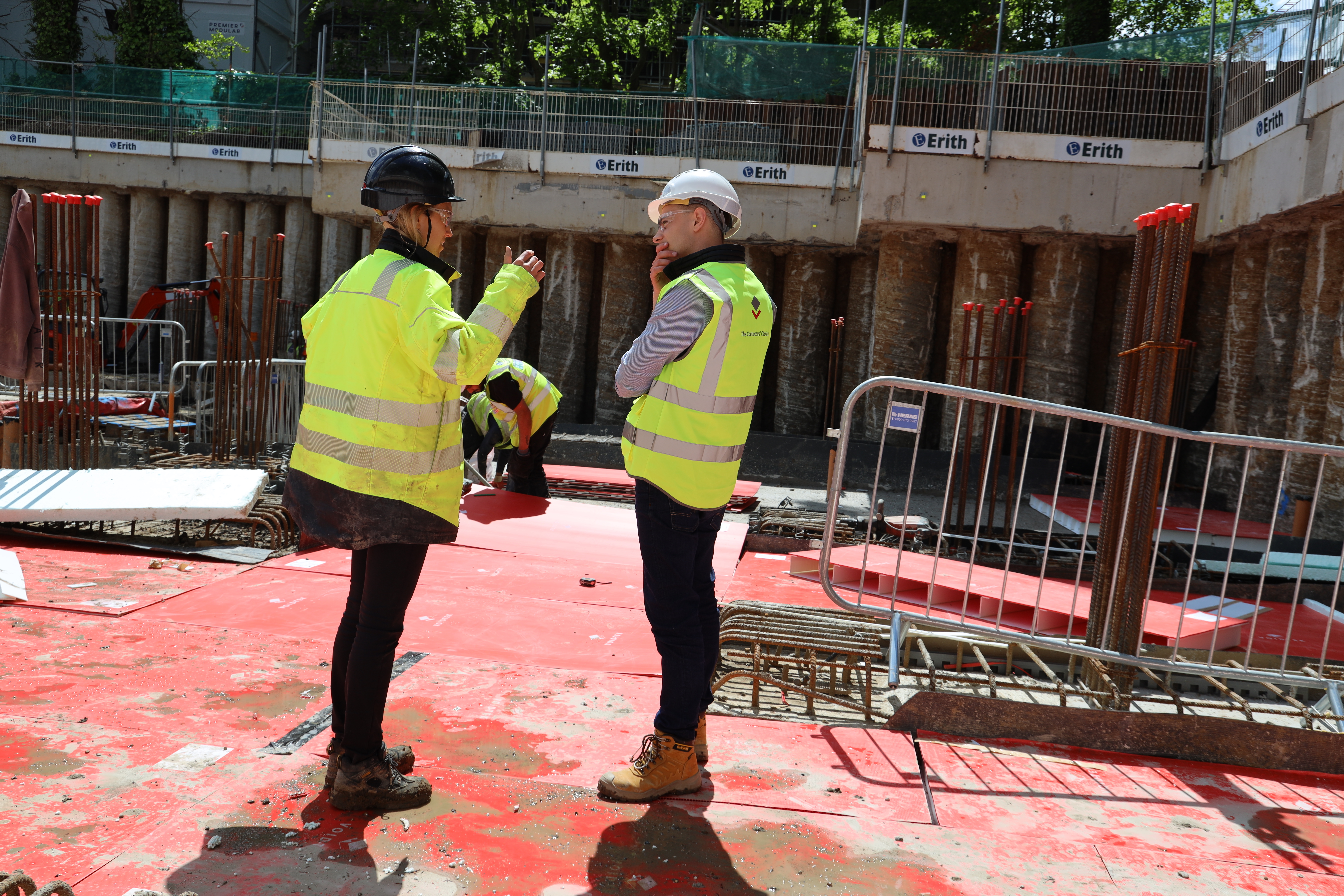
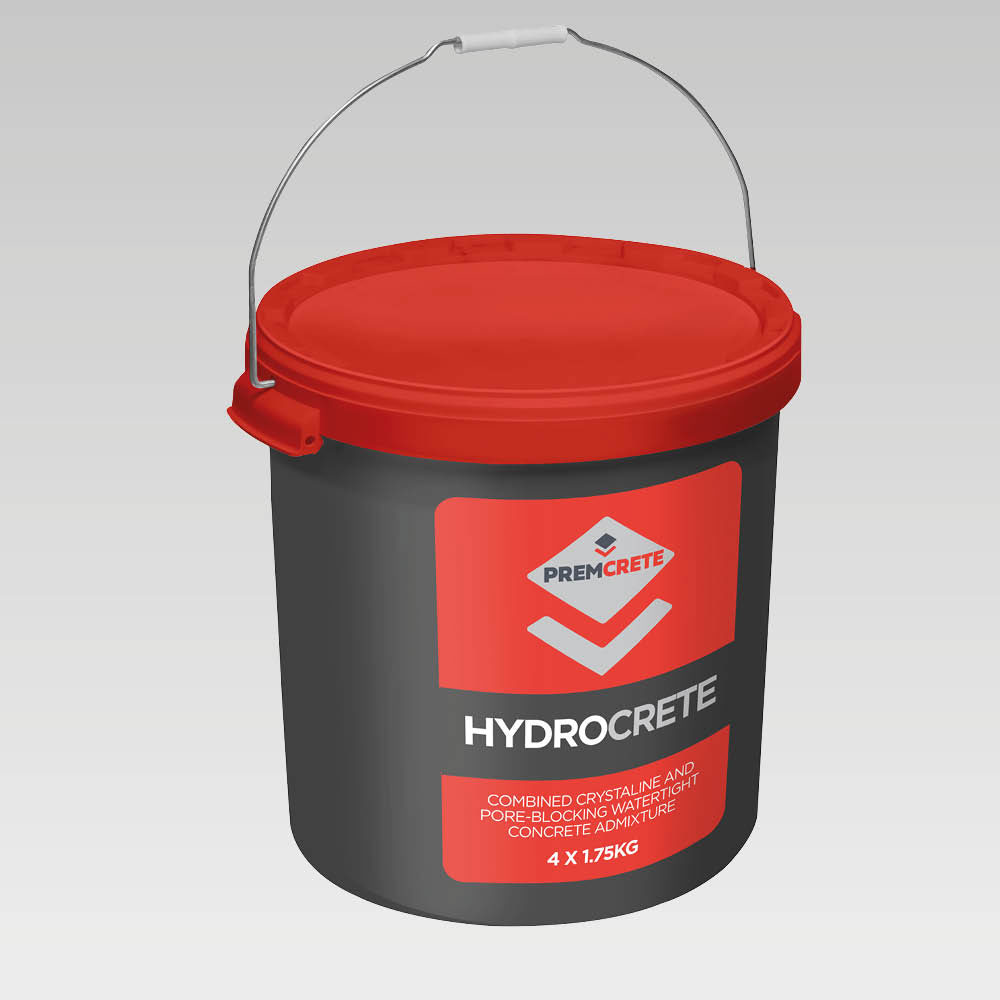
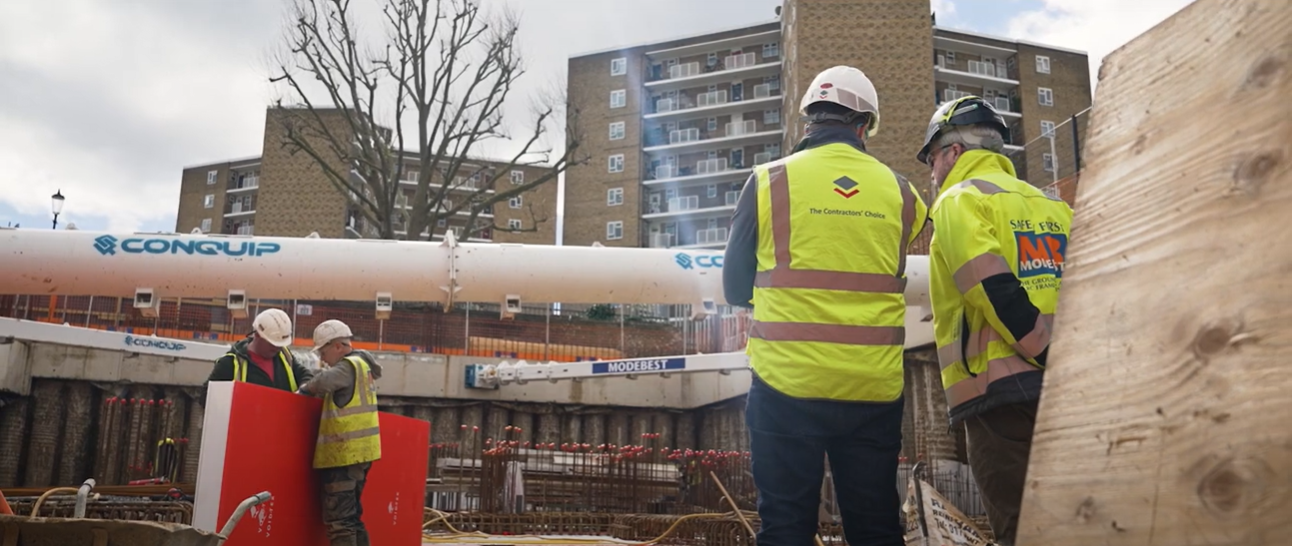
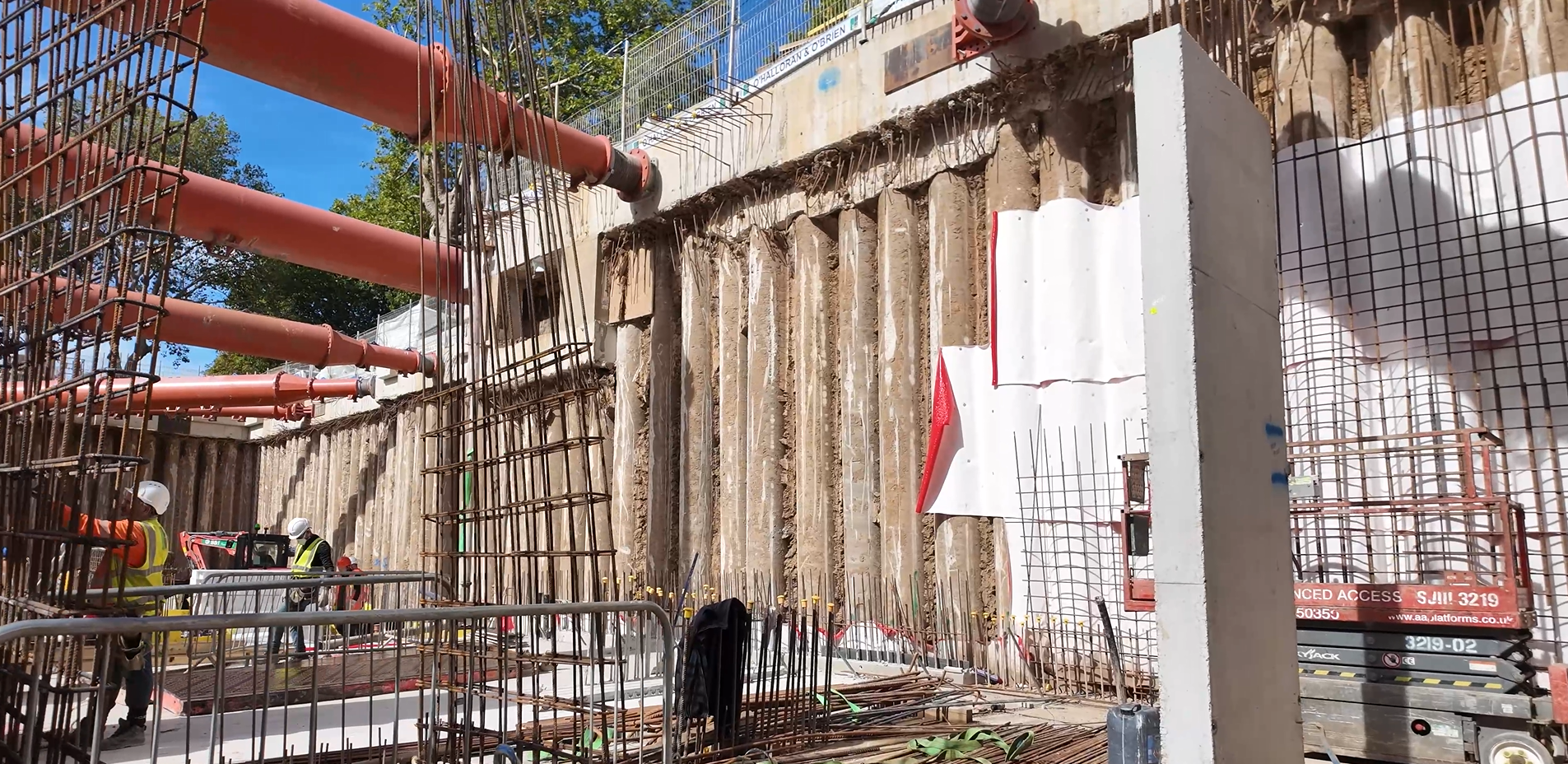
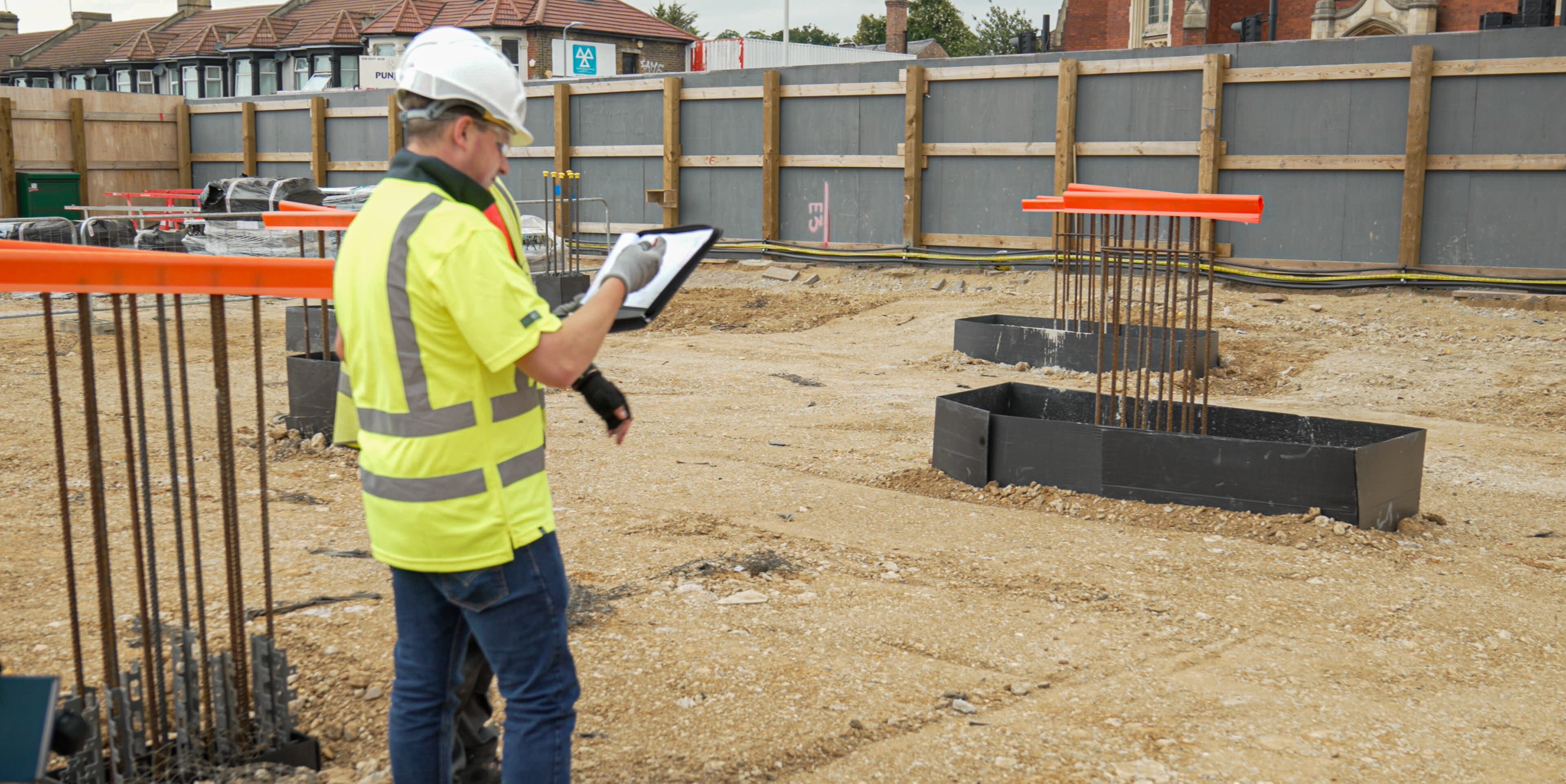
-1.jpg)
